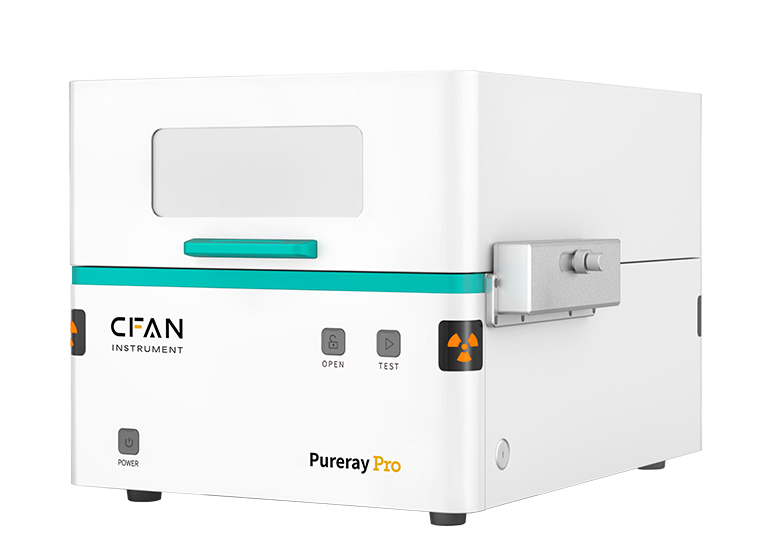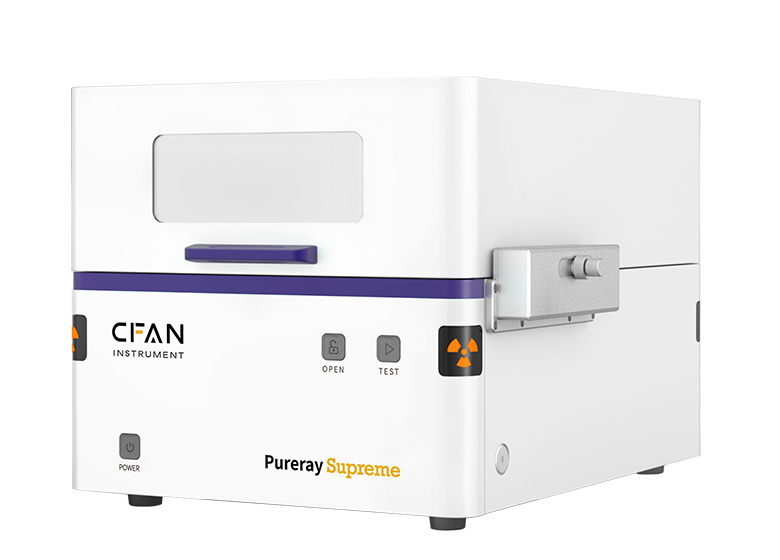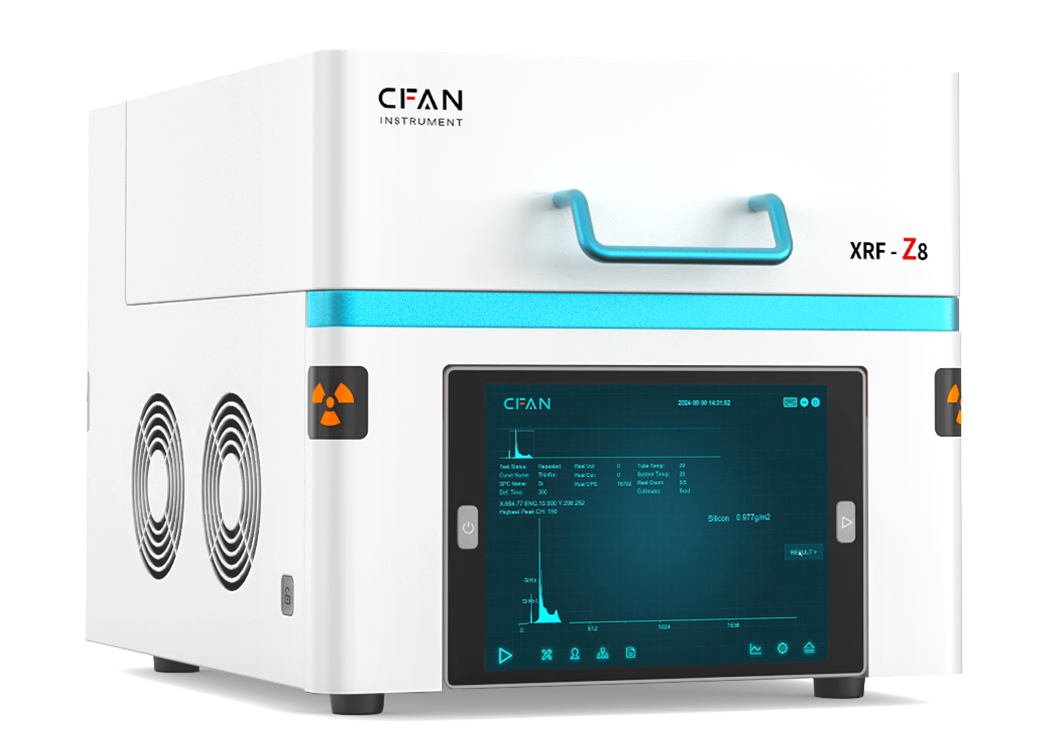
- Home
-
Industries

-
Products

- Precious Metal Analyzer XRF-K5 New XF-A7 PURERAY GoldLite
- Multi-applications XRF PURERAY Gold PURERAY GoldMC PURERAY GoldSDD PURERAY GoldSDDMC PURERAY Pro
- Coating Thickness Analyzer PURERAY Prime PURERAY Supreme
- RoHS Analyzer XRF-T6 XRF-T6SDD XF-T7 XF-T8
- RoHS2.0 Analyzer TP70-GC
- Silicone Oil Coating Analyzer XRF-Z8
- Historical Products
- Technologies
- Company










